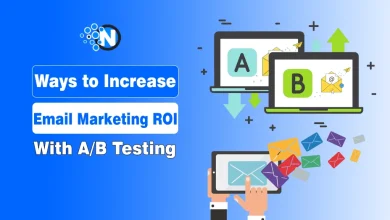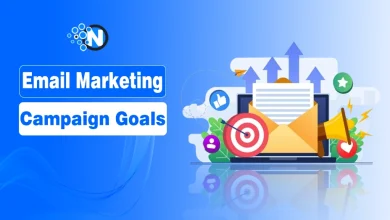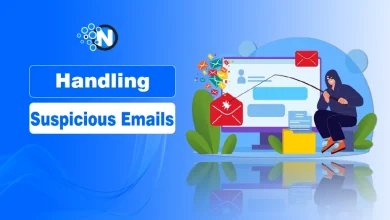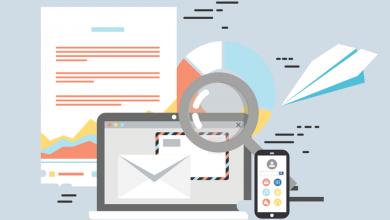How to Start an Email Professionally (With Examples)
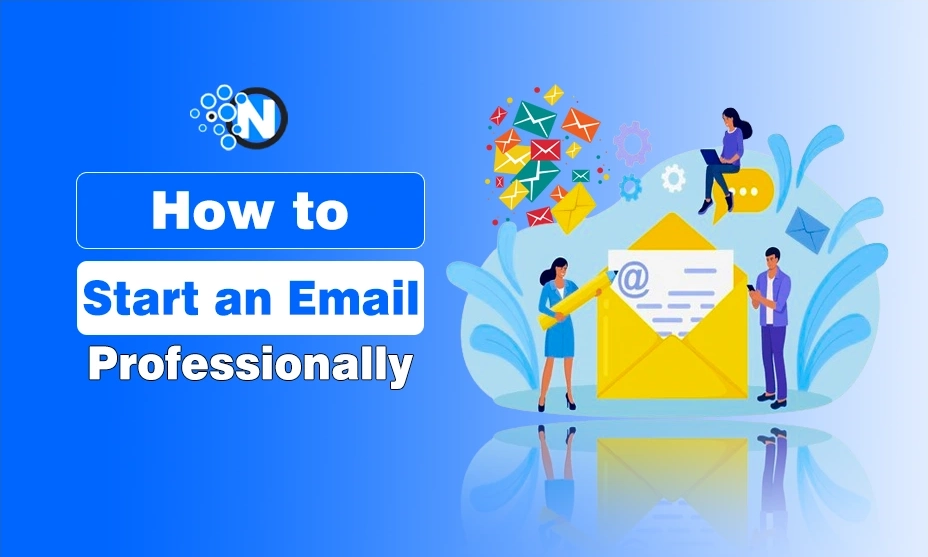
In today’s fast paced world, email remains one of the most important tools for professional communication. Whether you are writing to a colleague, supervisor, potential employer, client, or business partner, you should start your email professionally as it sets the tone for the rest of the message. A strong opening helps to create a positive impression, ensures clarity, and increases the likelihood that your message will be read and responded to.
To help you with this, I have created this guide that will help you understand how to start an email professionally with examples to illustrate each point.
Importance of a Professional Email Opening
Start creating Verdict in seconds, and convert more of your visitors into leads.
Starting an email professionally is crucial for several reasons. I have highlighted some of them below for better understanding.
- First Impressions Matter: Your opening sets the tone and reflects your professionalism which helps in achieving email marketing campaign goals.
- Establishes Clarity: A clear and respectful greeting helps the reader understand the purpose of the email.
- Enhances Response Rates: Professional emails are more likely to receive timely and positive responses.
Key Components of a Professional Email Opening
Start creating Verdict in seconds, and convert more of your visitors into leads.
A professional email opening holds immense importance in the digital marketing landscape. Typically, it includes the following elements:
- Subject Line (if not already part of the conversation)
- Salutation (Greeting)
- Introduction (if necessary)
- Purpose of the Email
How to Start an Email Professionally?
Start creating Verdict in seconds, and convert more of your visitors into leads.
In the under section, I have enlisted the steps that will help you learn how to start an email professionally. Also, I have provided examples so that you can you can learn each step more effectively.
1 – Craft the Perfect Subject Line
Although not technically part of the email body, the subject line plays a critical role in how your email is received. A good subject line should be:
- Clear and Concise: Keep it brief yet informative.
- Specific: Indicate the topic of the email.
- Professional: Avoid slang, emojis, or overly uasual language.
Examples
- Meeting Request: Project Update Discussion on Feb 10
- Application for Marketing Manager Position
- Follow-Up: Proposal for ABC Corporation
2 – Choose the Right Salutation
The salutation is the first thing your reader sees in the email body. The choice depends on the formality of the relationship, the context, and cultural norms.
A. Formal Greetings
Use formal greetings when writing to superiors, potential employers, clients, and people you do not know well. In marketing emails, this greeting benefits the most as it improves the ROI of email marketing. The following are some examples:
- Dear Mr. John,
- Dear Dr. Matthew,
- Dear Professor Alex,
- To Whom It May Concern, (use sparingly when the recipient is unknown)
B. Semi-Formal Greetings
This sort of greeting is appropriate for colleagues, familiar persons, or people you have interacted with before. Some examples are mentioned below:
- Hello Ms. Sara,
- Hi John,
- Greetings,
C. Casual Greetings (For Informal Communication)
Casual greetings are best only with close colleagues, team members, or friends within a professional context. I have enlisted some examples:
- Hi Brian,
- Hey Mary,
- Good Morning, Ava,
3 – Add an Introduction (When Necessary)
If you are emailing someone for the first time, it is polite to introduce yourself briefly. This helps the recipient understand who you are and why you are contacting them.
Example 1: Introducing Yourself to a New Client
Subject: ………………………………
Dear Mr. Edward,
My name is Fawad Malik, and I am a blogger and the CEO of WebTech Solution. I am reaching out to discuss potential collaboration opportunities with your organization.
Example 2: Reaching Out for a Job Opportunity
Subject: ………………………………
Dear Ms. Emily,
I hope this message finds you well. My name is Geroge Anderson, and I recently completed my graduation. I am writing to express my interest in the Marketing Executive role at XYZ Company.
4 – Clearly State the Purpose of Your Email
After the greeting and introduction, get straight to the point. A clear opening sentence saves time and shows respect for the busy schedule of the recipient, especially the customer. In this way, you can enhance your email marketing results. Some effective opening lines are below:
- I am writing to inquire about…
- Hope this email finds you well. I wanted to discuss…
Example 1: Business Inquiry
Subject: ………………………………
Dear Mr. James,
I hope this email finds you well. I’m reaching out to inquire about the availability of your services for an upcoming tech seminar at my company.
Example 2: Follow-Up Email
Subject: ………………………………
Hello Sarah,
I wanted to follow up on the proposal I sent last week regarding the new marketing strategy. I am eager to hear your thoughts and discuss any feedback you may have.
5 – Use a Polite and Professional Tone
The tone is everything in professional emails. Even if your message is brief, it should convey respect, politeness, and professionalism.
Tips for Maintaining a Professional Tone
- Be Polite: Use words like “please“, “thank you“, and “kindly“.
- Be Direct but Courteous: Avoid overly casual language like “Hey, what’s up?”.
- Stay Neutral: Avoid using humor, sarcasm, or slang, especially in formal emails.
Example of a Polite Tone
Subject: ………………………………
Dear Dr. Ahmad,
I hope you’re doing well. I’m writing to request your guidance on my research project related to animal reproductive health. Your insights would be greatly appreciated.
Common Mistakes to Avoid
Start creating Verdict in seconds, and convert more of your visitors into leads.
Now, as you have learned how to start an email professionally. It would be best to know the common mistakes you have to avoid when writing the email for better outcomes.
- Being Too Casual: Starting with “Hey” or “Yo” in formal emails is unprofessional.
- Forgetting the Recipient’s Name: Double check spelling to avoid mistakes like “Dear Mr. John” when the name is “Jon.”
- Overly Long Introductions: Get to the point quickly without unnecessary details.
- Using Generic Salutations: “To Whom It May Concern” feels impersonal; try to find the recipient’s name.
- Skipping the Greeting: Jumping straight into the content without a salutation can come across as abrupt.
Professional Email Opening Templates
Start creating Verdict in seconds, and convert more of your visitors into leads.
To bring more comfort to your “how to start an email professionally” journey, I have provided some templates below.
1. Job Application Email
Subject: Application for Marketing Coordinator Position
Dear Ms. Aria,
I hope this message finds you well. My name is Henry, and I am writing to apply for the Marketing Coordinator position at ABC Company. I have attached my resume and cover letter for your consideration.
B. Follow Up Email After a Meeting
Subject: Follow Up on Our Recent Discussion
Dear Mr. Edison,
Thank you for taking the time to meet with me on Tuesday. I appreciated the opportunity to learn more about your team’s projects. As discussed, I have attached the proposal document for your review.
C. Request for Information
Subject: Inquiry Regarding Internship Opportunities
Dear Dr. Lewis,
I hope this email finds you well. I am Fawad Malik, the CEO of WebTech Solution and I am interested in collaboration opportunities within your department. Could you kindly provide more information about the criteria?
Final Thoughts
Start creating Verdict in seconds, and convert more of your visitors into leads.
These are the details about how to start an email professionally along with examples. I have provided all the details so that you can avoid common mistakes and bring more effectiveness to your messages to reach the desired outcomes.
Always remember that starting an email professionally is not just about following a rigid format. It is about showing respect, clarity, and purpose.
Whether you are sending a job application, business proposal, or simple inquiry, a well crafted opening can set the right tone for the entire conversation.

